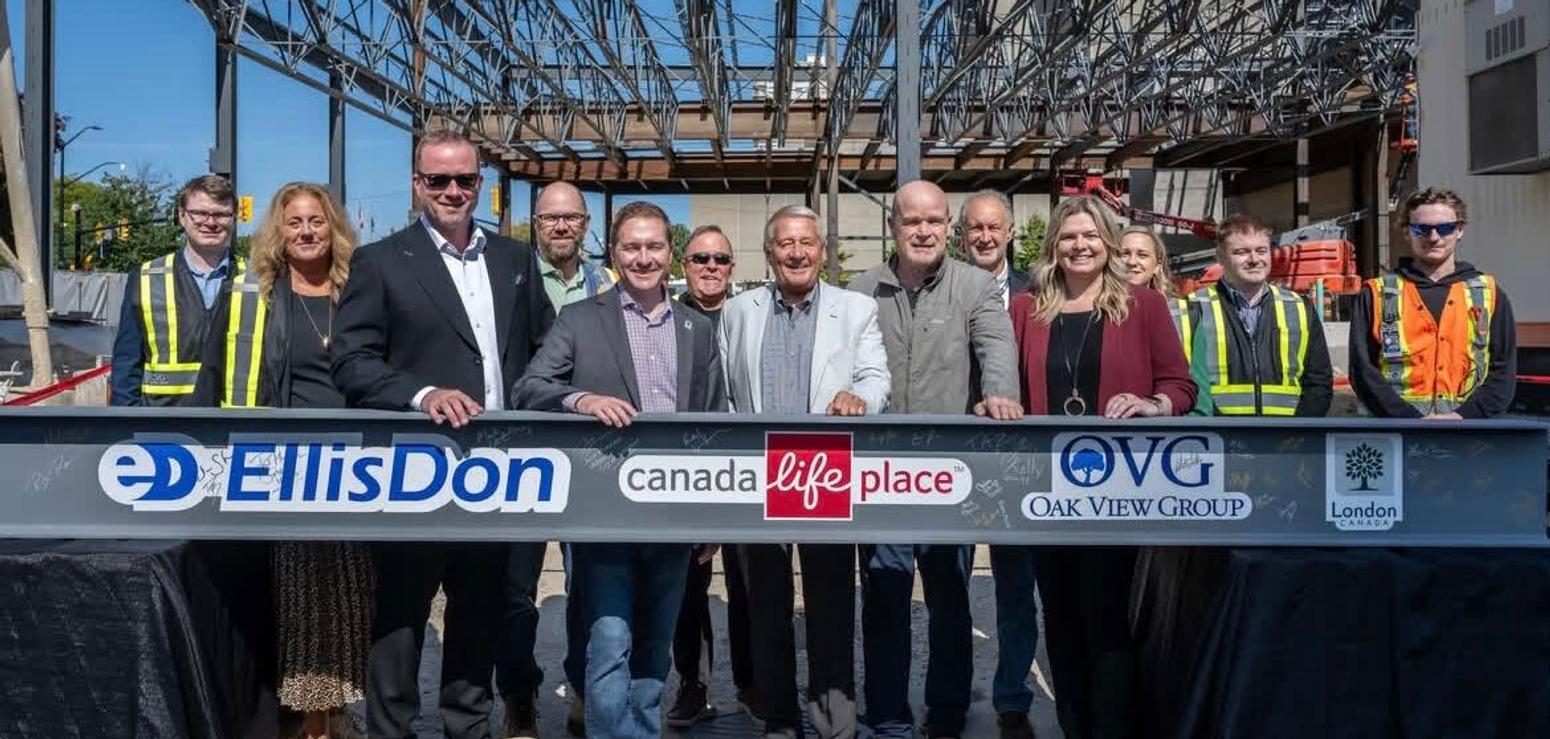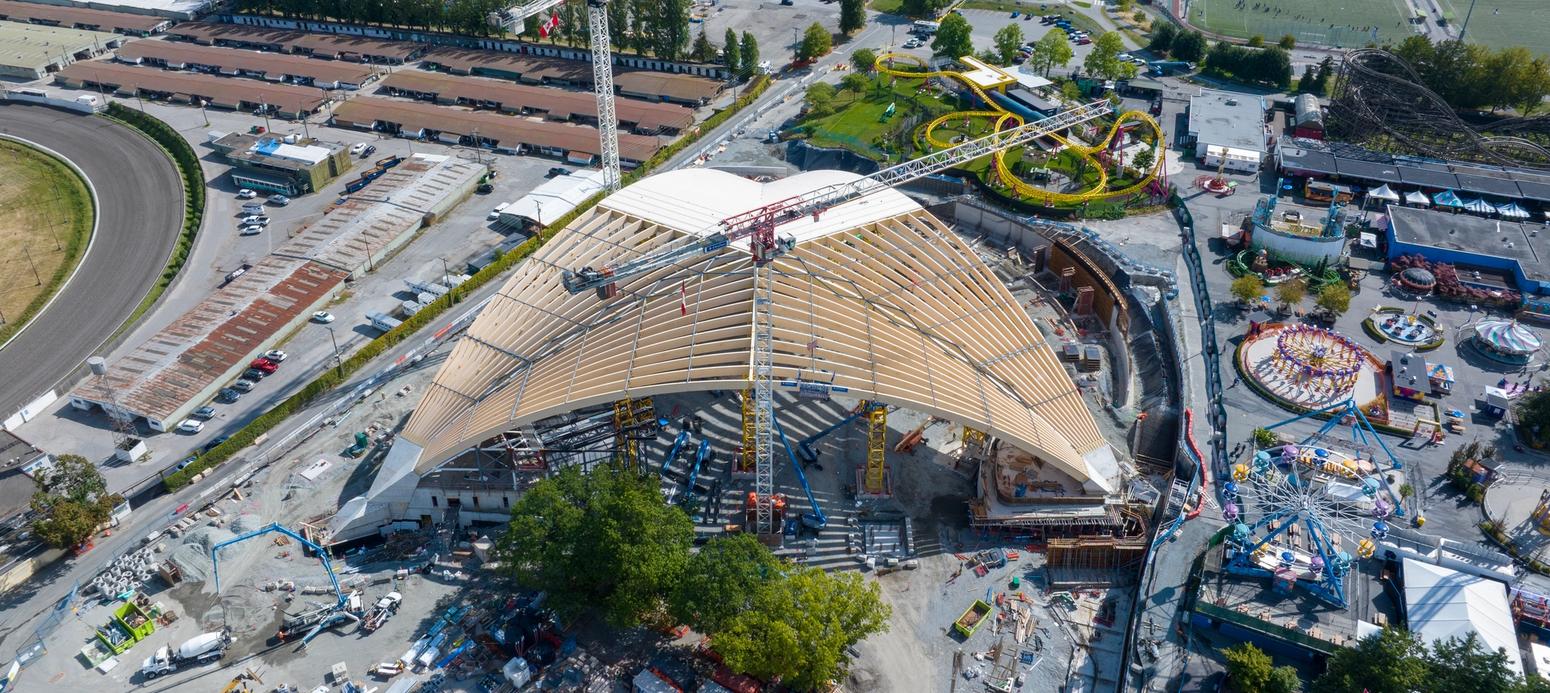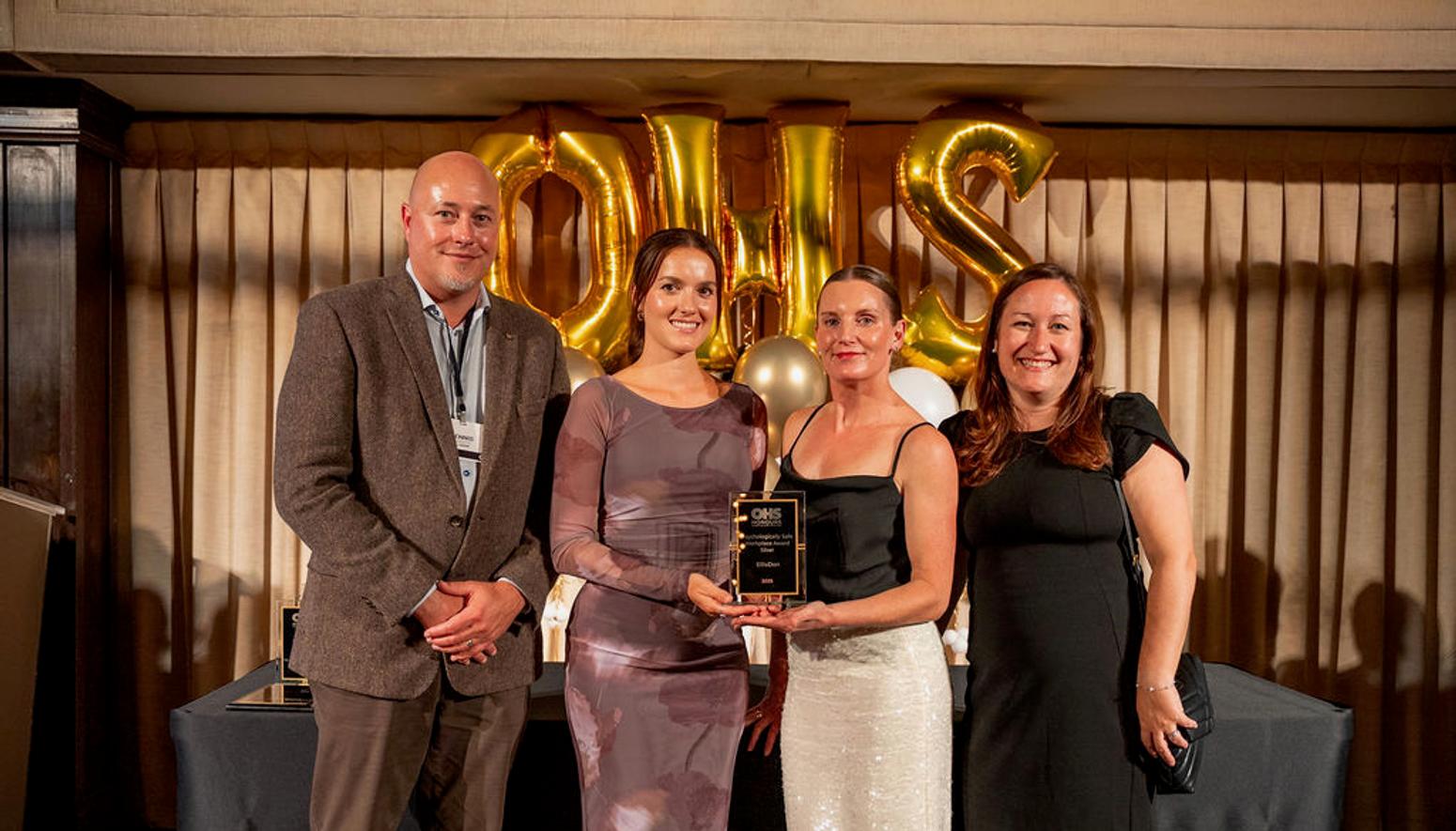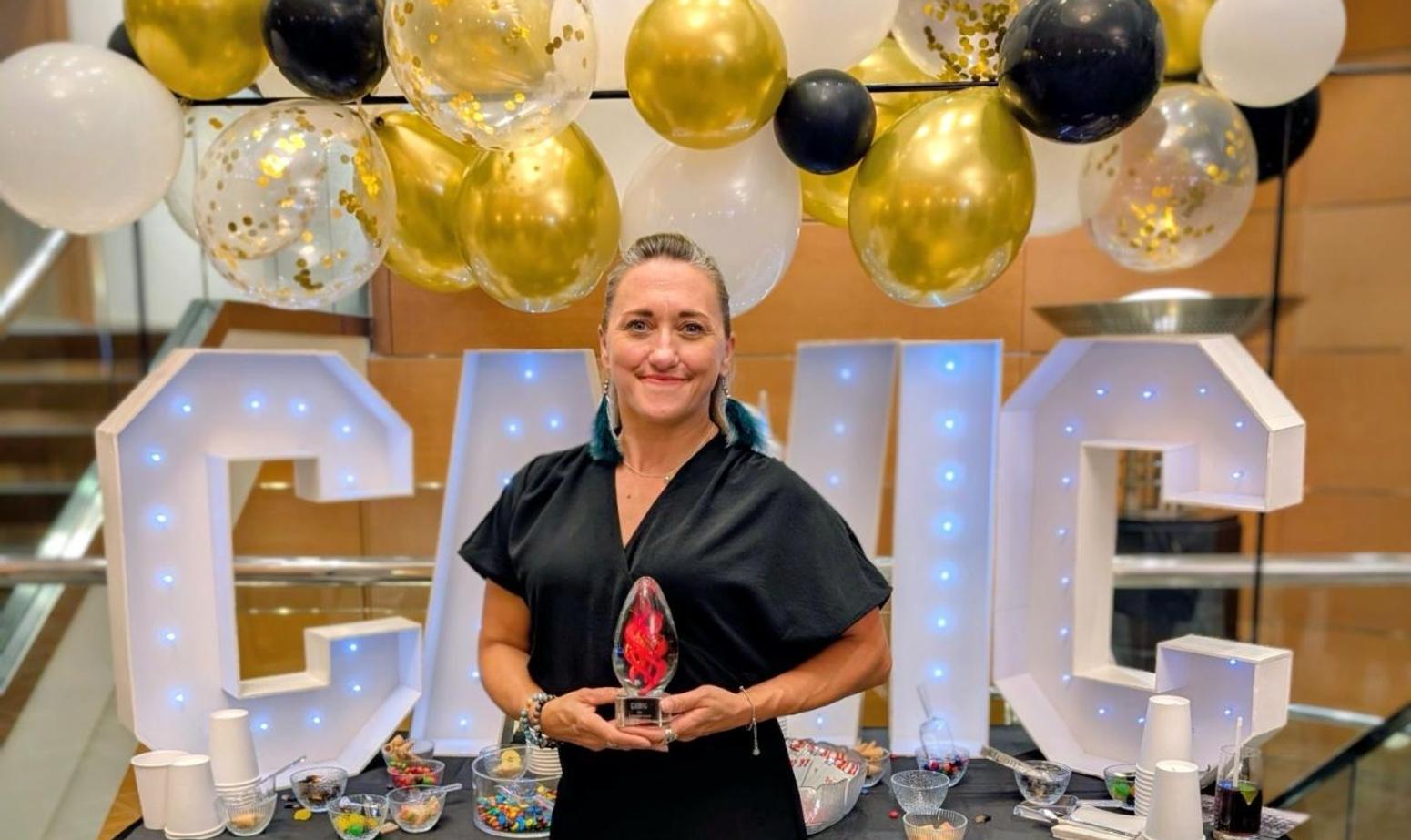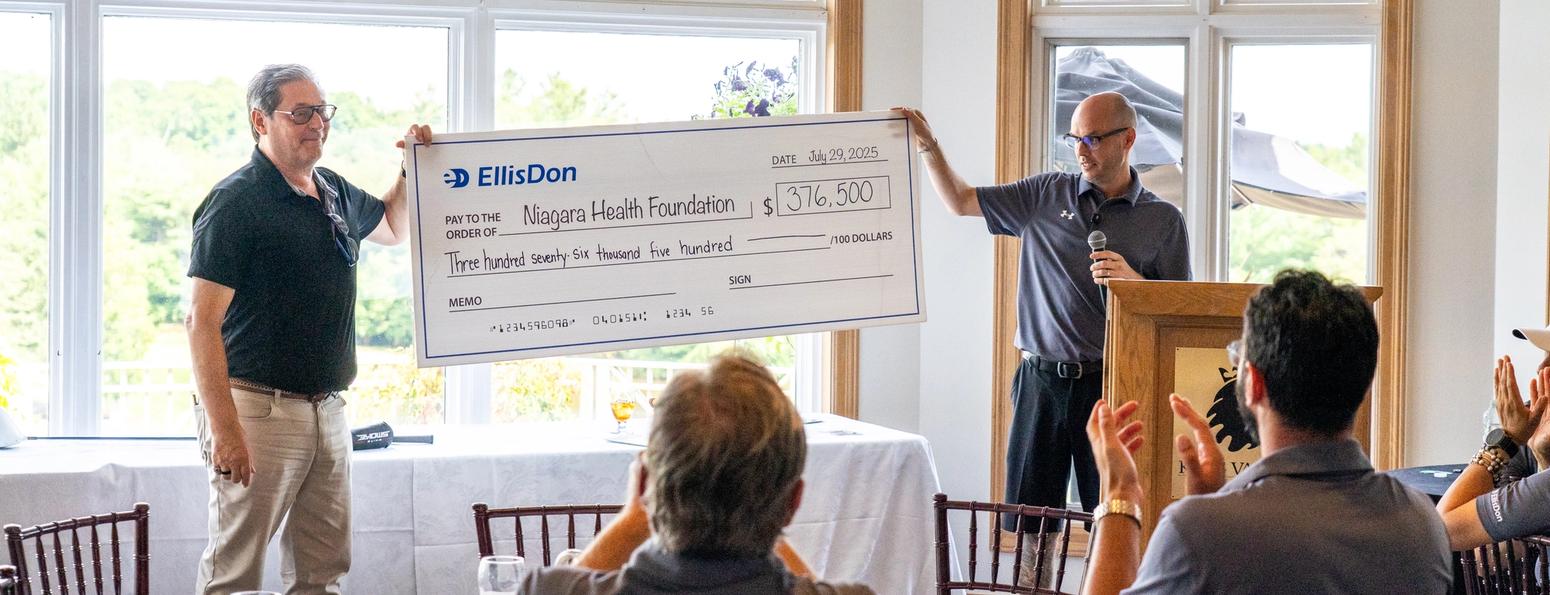News
VRCA Award – Silver – The University of Victoria Student Housing and Dining Project
Earlier this month, the Vancouver Regional Construction Association (VRCA) announced the 2024 Silver Awards of Excellence Award winners. EllisDon, as a part of the EllisDon Corporation and Kinetic Joint Venture (EDK), were awarded the General Contractors – Over $100 Million award for The University of Victoria Student Housing and Dining Project.
About the Project
This is the University of Victoria’s first Passive House Project and is also one of the largest Passive House Certified projects in Canada. The beautiful designs of the two buildings exceeds Step Code 5 of British Columbia’s Energy Step Code, which is the highest level of energy efficiency in the province.
As a part of the project, there are two buildings: Cheko'nien House (Building 1) and Sngequ House (Building 2).
Cheko'nien House (Building 1)
This building is primarily made of concrete all the way from level six on the south wing to level eight on the north wing, but there are mass timber sections along the mass timber podium. The mass timber podium wraps around the exterior of the south wing of Cheko'nien House. It consists of glulam columns, CLT slabs, and custom steel spindle column connections. The mass timber used on this project has been sourced from a BC company that sources their wood from the Kootenay region. Meaning, the mass timber on this project has been grown, harvested, and processed all within the province.
Sngequ House (Building 2)
Adjacent to the Cheko'nien House, the 171,135 sq. ft. building is 11-storeys, with one level for academic classrooms, one level for conferencing and meeting spaces, and nine levels for residential, with 385 beds. The building includes an Indigenous student lounge.
Other key highlights about the project include:
- The project is built to LEED Gold Certification
- Mass timber is used as a primary building material to offset the carbon footprint of the project
- The project reduces the University’s reliance on fossil fuels and combustion by transitioning to almost entirely electric power for the Student Housing and Dining facilities, decreasing the University’s net carbon footprint.
- Passive House Kitchen: The building sets a new standard by incorporating an energy reduction strategy that makes the kitchen five to six times more energy efficient than conventional commercial kitchens. This innovative approach reduces greenhouse gas emissions by 80% for the entire building.
- Heat and Domestic Hot Water: The new buildings capture waste heat from showers and central refrigeration system which is used to heat water locally within a room it was captured and to preheat entry water to Electric Air Source Heat Pumps respectively. Electric Air Source Heat Pumps and improved insulation further reduce energy use. Heat Recovery Ventilation devices, extract heat from exhaust air to heat incoming air. Additionally, some of the preconditioned exhaust air is recirculated. All this is expected to achieve an 88% decrease in greenhouse gas emissions related to water heating.
Congratulations to our Vancouver team and all supporting services who have made this project possible.

